- Home Page
- Books
- Articles
- The Tribes
- Presentations
- Bonus Material
Ancient History Reconsidered


The Tribe of Joseph:
Yoseph (AV Joseph) was the firstborn of the two sons of Rachel and the eleventh child born to the Patriarch Yaakov (AV Jacob). He was therefore the second youngest of all the brothers. Joseph’s two sons Ephraim and Menashe would become the progenitors of the two most important and influential of all the Israelite tribes.
Despite being the second youngest, when Reuben defiled his father’s bed by lying with his mother-in-law Bilhah, the birthright transferred to Joseph:
“Now the sons of Reuben the firstborn of Israel, (for he was the firstborn; but forasmuch as he defiled his father’s bed, his birthright was given unto the sons of Joseph the son of Israel: and the genealogy is not to be reckoned after the birthright. For Judah prevailed above his brethren, and of him came the chief ruler; but the birthright was Joseph’s.)...” (1 Chron. 5:1)
The Lord specifically chose Joseph out of all the brothers and set him apart for a special purpose.
“Now Israel loved Joseph more than all his children, because he was the son of his old age: and he made him a coat of many colours. And when his brethren saw that their father loved him more than all his brethren, they hated him, and could not speak peaceably unto him. And Joseph dreamed a dream, and he told it his brethren: and they hated him yet the more. And he said unto them, Hear, I pray you, this dream which I have dreamed: ‘For, behold, we were binding sheaves in the field, and, lo, my sheaf arose, and also stood upright; and, behold, your sheaves stood round about, and made obeisance to my sheaf.’ And his brethren said to him, ‘Shalt thou indeed reign over us? or shalt thou indeed have dominion over us?’ And they hated him yet the more for his dreams, and for his words. And he dreamed yet another dream, and told it his brethren, and said, ‘Behold, I have dreamed a dream more; and, behold, the sun and the moon and the eleven stars made obeisance to me.’” (Gen. 37:3-9.)
This dream was fulfilled in part when his family went down to Egypt for grain, as there was a severe famine throughout all the lands:
“And all countries came into Egypt to Joseph for to buy corn; because that the famine was so sore in all lands.” (Gen. 41:57.)
The integral part Joseph’s family was to play in the future of the Israelite nations, however, went far beyond what happened in Egypt. Yehoshua bin-Nun (AV Joshua son of Nun), who, in the Book of Numbers, was called Hoshea (הוֹשֵׁעַ – AV Oshea), belonged to the tribe of Ephraim. (Num. 13:8.) Ephraim and Menashe between them later became great world powers.
Joseph’s Stone
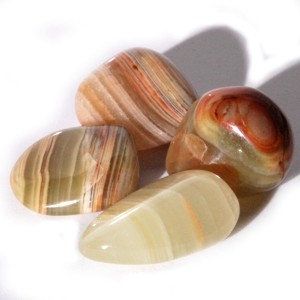 |
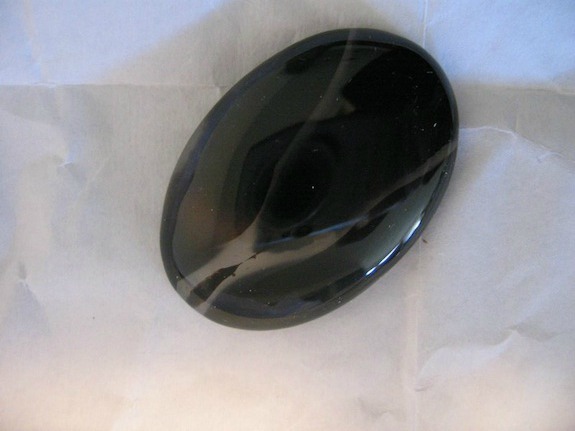 |
Marble Onyx. |
Black Onyx. |
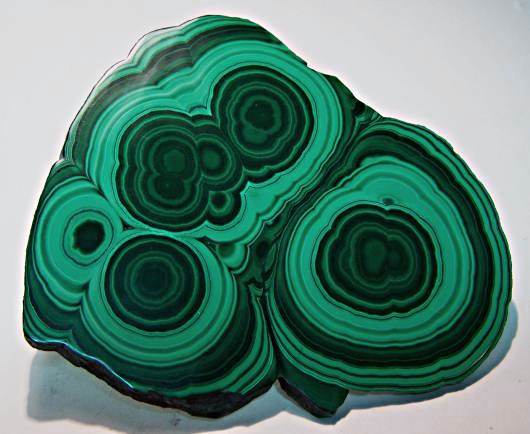 |
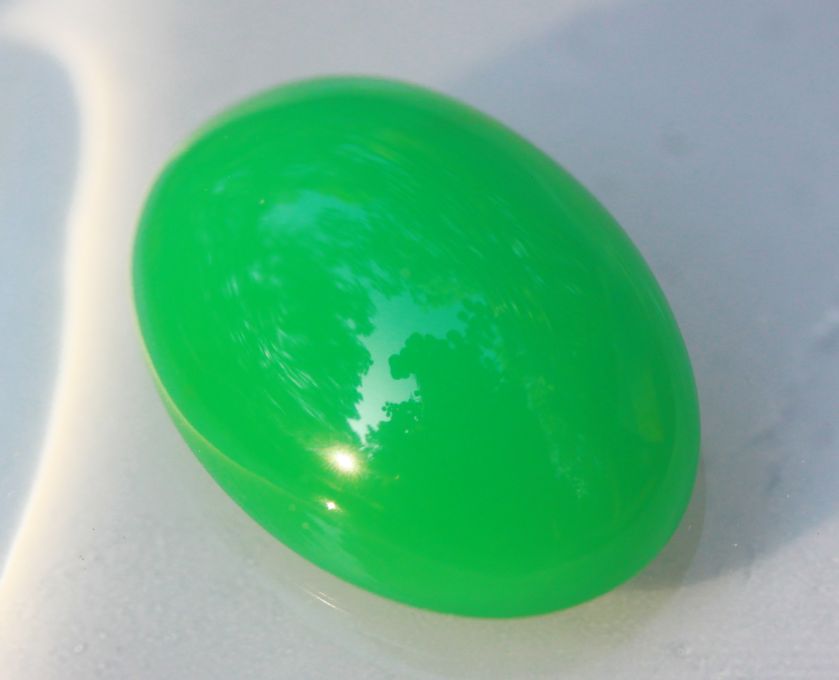 |
Malachite. |
Chrysoprasus. |
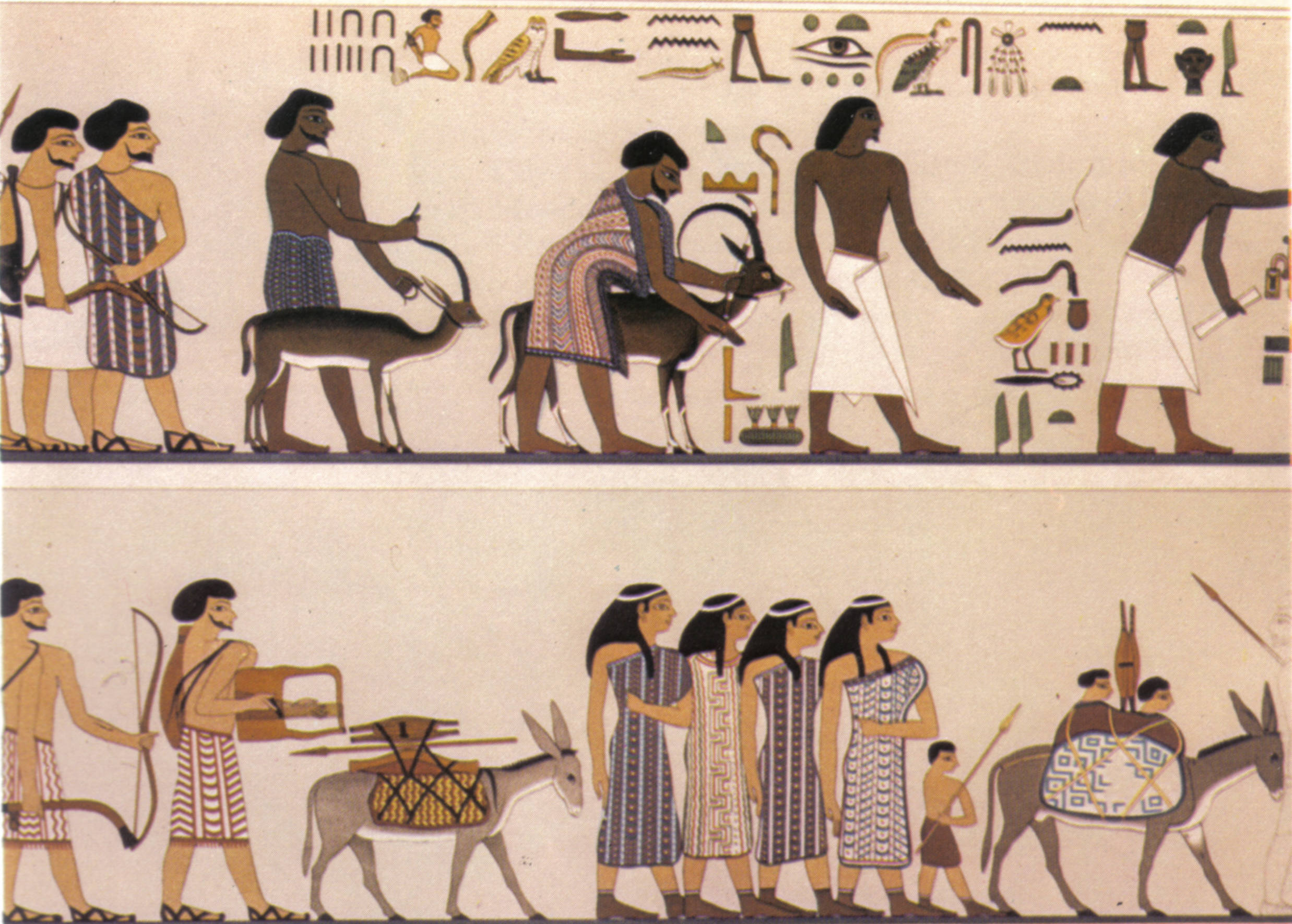
Israelites with striped coloured clothes reminiscent of Joseph’s coat of many colours.
Each of the stones on the priestly breastplate represented one of the twelve tribes of Israel. The stone which represented the tribe of Joseph was called שֹׁהַם which is understood to be the onyx. (Exod. 28:20 & Exod. 39:13.) This stone is usually multi-coloured (just like Joseph’s coat of many colours) and is a banded variety of chalcedony. The colours of its band vary from white to almost every colour except some shades such as purple or blue.1 The Jewish Encyclopedia, however, records that the stone could have been anything from a beryl (gold-coloured variety), emerald, sard, chrysoprasus or malachite.2 If nothing else, this demonstrates that the Jewish historians had lost track of precisely what stones and what colours belonged to each of the various tribes. This stone was also used for the two shoulder pieces on which the names of all twelve tribes were inscribed (Exod. 28:9-12.), signifying that the two tribes of Joseph were to be greater than and ultimately responsible for the remaining tribes of Israel:
“Moreover, thou son of man, take thee one stick, and write upon it, For Judah, and for the children of Israel his companions: then take another stick, and write upon it, For Joseph, the stick of Ephraim and for all the house of Israel his companions: And join them one to another into one stick; and they shall become one in thine hand.” (Ezek. 37:16-17.)
This prophecy relates to the end times when the Lord will gather Israel from the four corners of the earth and return them to the land promised to the Patriarch Abraham, a promise which has not yet been fulfilled as Abraham, Isaac and Jacob were all sojourners in the land. (The promise was that Abraham and his sons should inherit the land of Israel for ever.3 )
Notice that Joseph and Judah are the leading tribes. More specifically, as shown by the above prophecy from the Book of Ezekiel, the tribe of Ephraim has the overall responsibility for the other Israelite tribes. The prophecy also shows that Israel and Judah will not reunite of their own accord. Two sticks will not join together without spiritual intervention. The Lord will accomplish this Himself using the prophet Eliyahu (Elijah) to organise His people and prepare them for the Great Second Exodus:
“And I [the Lord] will bring you out from the people, and will gather you out of the countries wherein ye are scattered, with a mighty hand, and with a stretched out arm, and with fury poured out. And I will bring you into the wilderness of the people, and there will I plead with you face to face. Like as I pleaded with your fathers in the wilderness of the land of Egypt, so will I plead with you, saith the Lord God.” (Ezek. 20:34-6.)
The Tribe of Joseph will therefore be instrumental in organising this reunification, albeit under spiritual direction.
According to the Jewish Encyclopedia, Joseph’s flag was black.4 This would be in contradiction to the suggestion that Joseph’s stone was the multi-coloured onyx.
Ginzberg informs us that:
“The different colors of the flags corresponded to the colors of the stones set in the breastplate of the high priest, on which were engraved the names of the twelve tribes. Reuben’s stone had a red color like his flag, Simeon’s flag was green like the color of his stone, and in this way with all the tribes the color of stones and of flags harmonized.”5
If Joseph’s flag was black, then this suggests that the stone may have been a black onyx, a stone which is rarer (hence more precious) than the standard onyx.
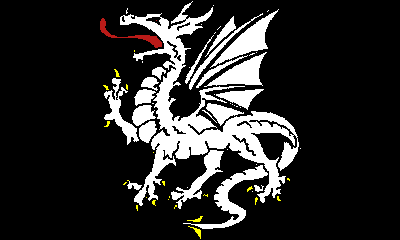
|
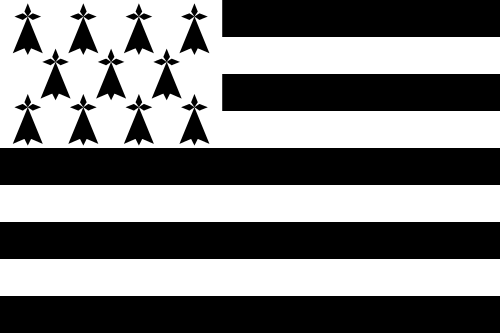
|
|
Old pre-Christian flag of Mercia. |
Flag of Brittany. |

|

|

|
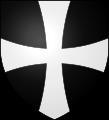
|
|
Arnèke (Nord-Pas-de-Calais region of France). |
Geoffroy le Borgne (Brittany). |
Rouvroy de Saint-Simon (Noble French family). |
St Piran (Cornwall). |
The tribe of Ephraim can be traced to England. This is explained in detail in my book The Forgotten Tribe of Naphtali & the Phoencians. This is one occasion when the flag does not assist us. The English flag does not remotely match any of the colours of the onyx or even of the black onyx. Although Joseph’s Coat of Many Colours suggests that the tribes of Joseph used a multi-coloured flag, as stated above, blue was not one of the colours exhibited by the onyx stone. Also, the Union Flag, although it represents the three kingdoms (England [white and red], Scotland [blue and white] and Ireland [red saltire]), the colours actually represent St George (England & Wales), St Andrew (Scotland) and St Patrick (Ireland).
St George was born in Lydda in the Middle East to a Greek Christian noble family. His father Gerontius was from Cappadocia (where some of the Ten Tribes were located) and was an officer in the Roman army.6 This means that the colour red, which represents St George, is probably that of the Roman Catholic church.
St Andrew, the patron saint of Scotland, is said to be the Apostle Andrew who was brother to Simon Peter.7 All we know is that Andrew and Simon Peter were Jews from the Galilee region. The fact that the Scottish flag is blue suggests that they may have adopted the colour of the tribe of Levi.
St Patrick was actually a Romano-Britain, possibly born in Cumbria in northern England.8 His father was a deacon in the church, which means that the red used to represent St Patrick was probably the colours of the Roman Catholic church.
The flag for Mercia is today an azure field with a gold diagonal cross. This, however, dates from the time of King Offa, who lived during the 13th century ce. An earlier flag is believed to have comprised a black field with a white wyrm or dragon. (See inset.) The name Mercia is a metathesis of Machir, the son of Menashe. In The Forgotten Tribe of Naphtali & the Phoenicians, we reveal where these Mercians came from. The flags of Cornwall and Brittany are also black and white,9 supporting the suggestion that the flags for the House of Joseph were, as the rabbinical sources state, black. This also raises the question as to whether or not Joseph’s stone was not in fact the black onyx rather than the multi-coloured marble onyx as everyone assumes.
| 1. | http://en.wikipedia.org/wiki/Onyx. [Return] |
| 2. | Jewish Encyclopedia Vol. 5, p.595, Entry under Gems and sub-section Malachite, Isidore Singer et al, New York 1900. [Return] |
| 3. | “And I will make thee exceeding fruitful, and I will make nations of thee, and kings shall come out of thee. And I will establish my covenant between me and thee and thy seed after thee in their generations for an everlasting covenant, to be a God unto thee, and to thy seed after thee. And I will give unto thee, and to thy seed after thee, the land wherein thou art a stranger, all the land of Canaan, for an everlasting possession; and I will be their God.” (Gen. 17:6-8.) This prophecy is to be fulfilled when HaShem (the Lord) sets his throne in Jerusalem. [Return] |
| 4. | Jewish Encyclopedia Vol. 5, p.405, Isidore Singer et al, New York 1900. [Return] |
| 5. | Legends of the Jews Vol. 3 (From the Exodus to the Death of Moses), p.238 – The Camp, Louis Ginzberg (translated from the German by Paul Radin), Philadelphia 1911. [Return] |
| 6. | http://en.wikipedia.org/wiki/Saint_George#The_life_of_Saint_George. [Return] |
| 7. | http://en.wikipedia.org/wiki/Andrew_the_Apostle. [Return] |
| 8. | http://en.wikipedia.org/wiki/Saint_Patrick#Life. [Return] |
| 9. | Both the Cornish flag and the flags of Brittany are understood to be of Celtic origin. The Cornish flag is taken from the banner of St Piran (or Peran), a 6th century Cornish Abbot, and appears to be his family’s standard. The banner seems, however, to predate St Piran. The Cornish flag is very similar in design to those of Brittany. See for example http://britishcountyflags.wordpress.com/2013/04/07/cornwall-flag/ where you will see examples of a number of similar flags with black fields (backgrounds) belonging to influental families. It is believed that the black field is Celtic in origin. [Return] |
Dated 22 Jan 2014.
©AHR Researches.